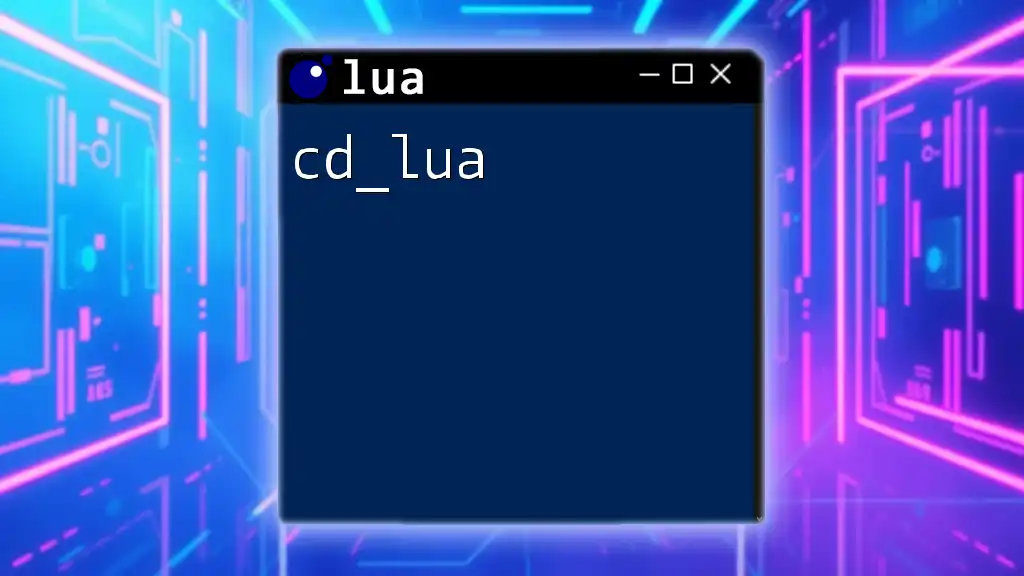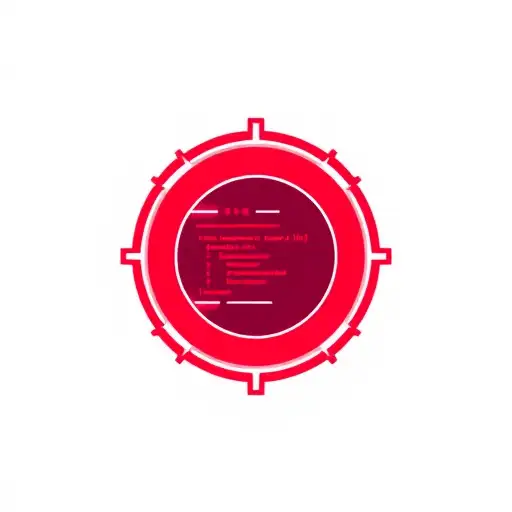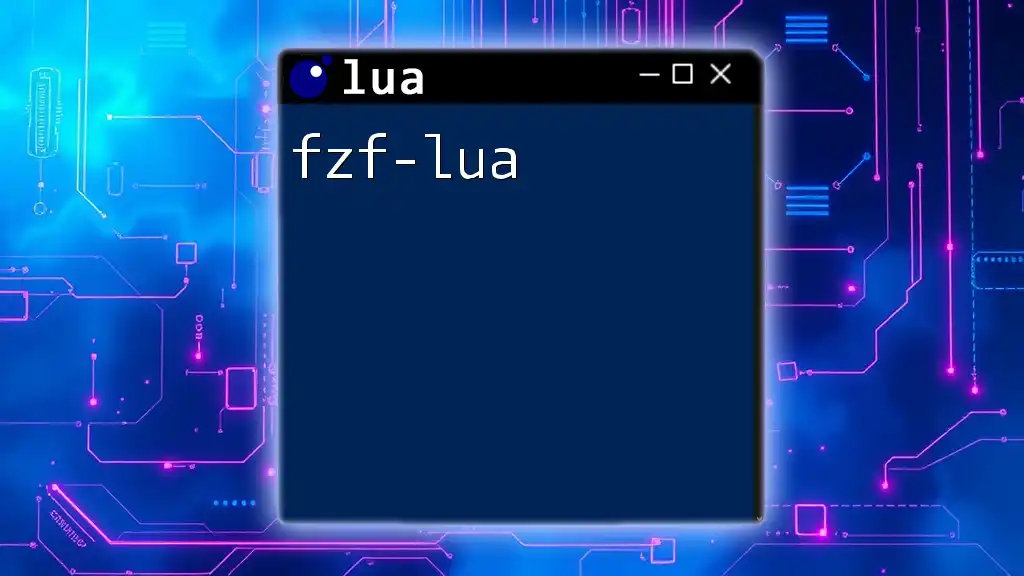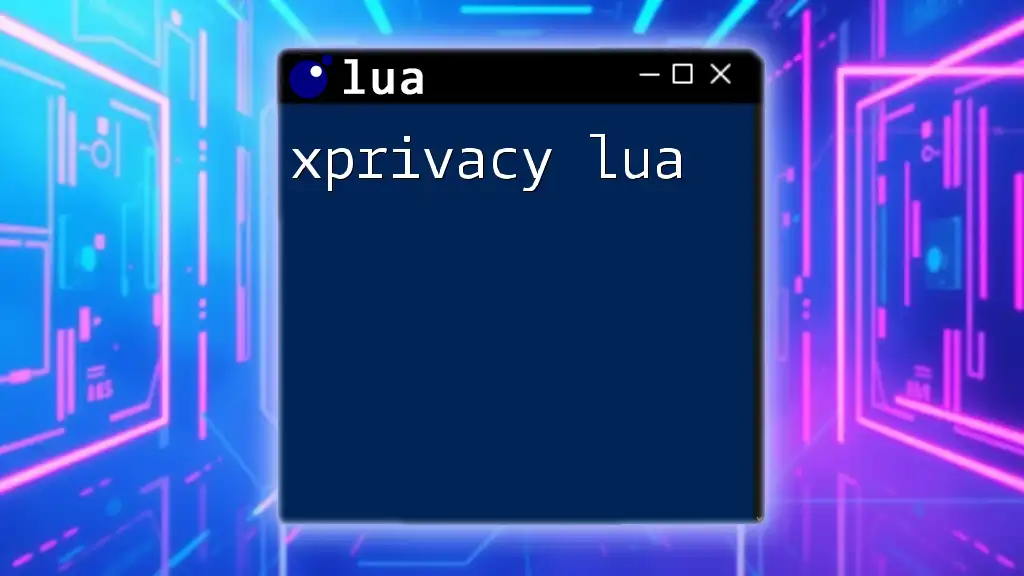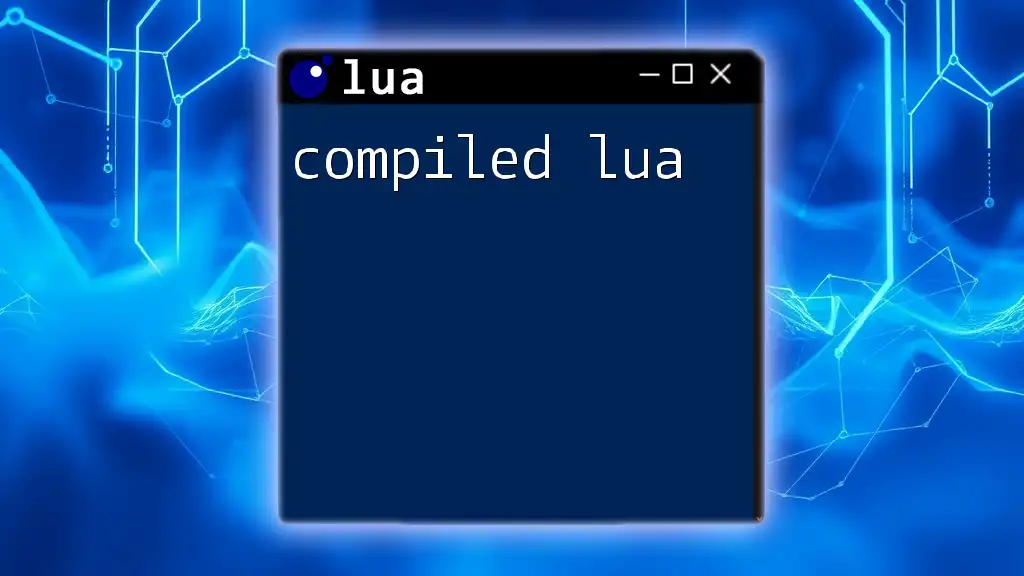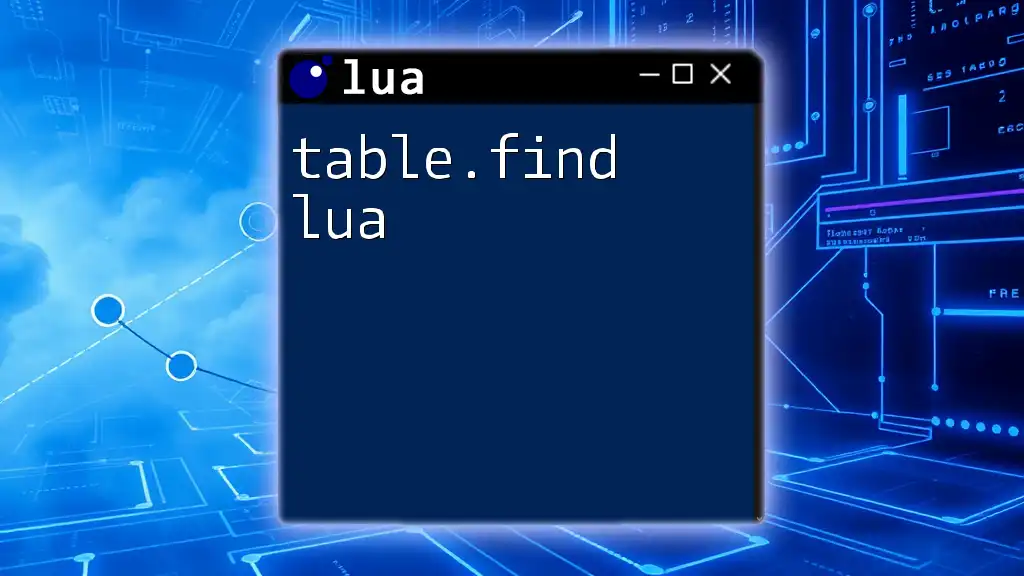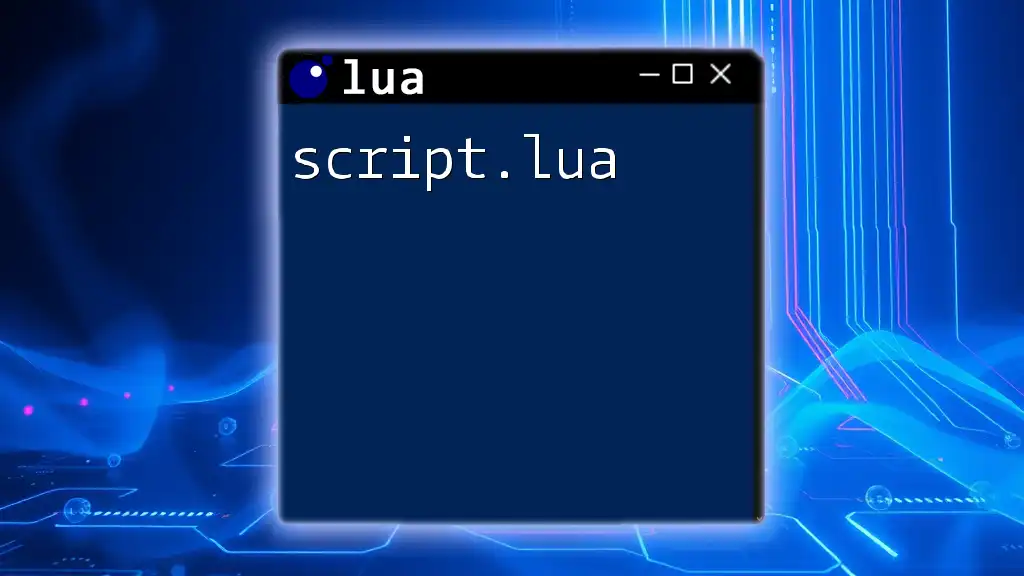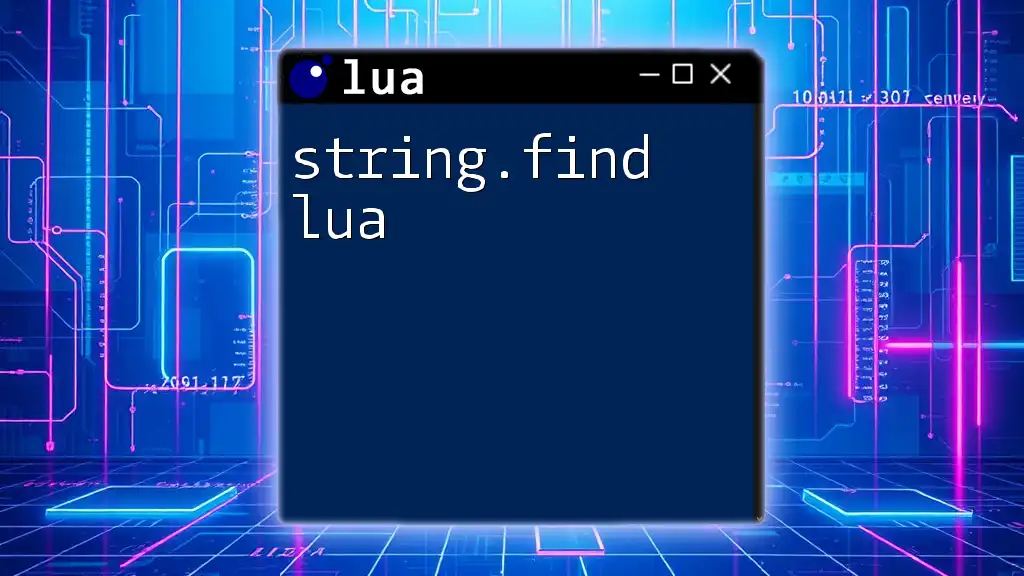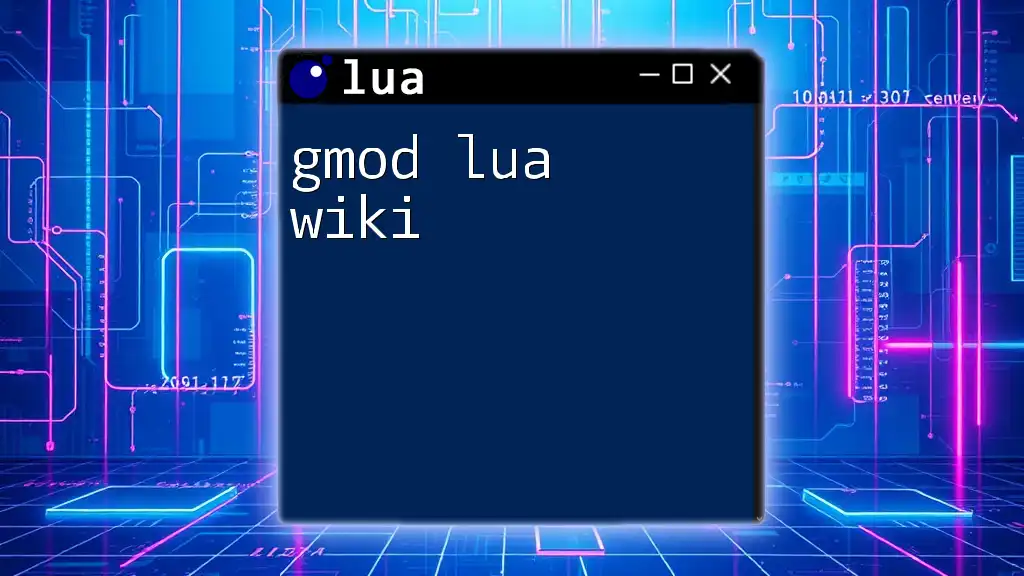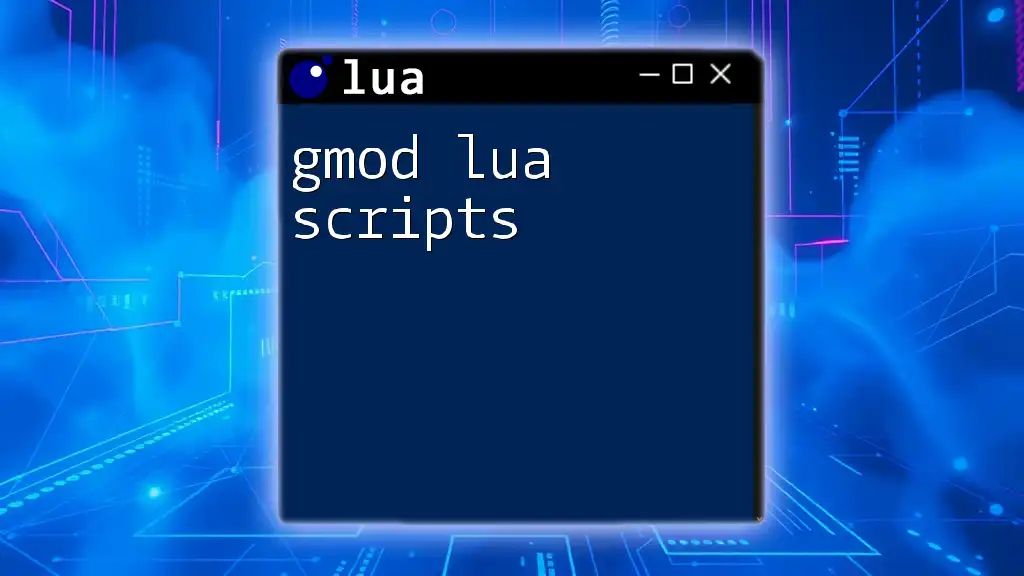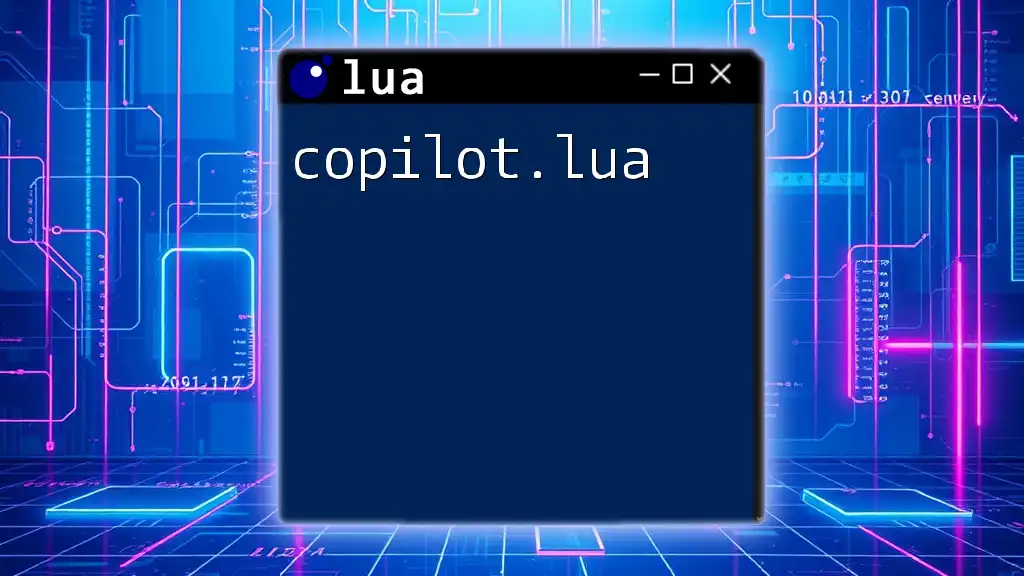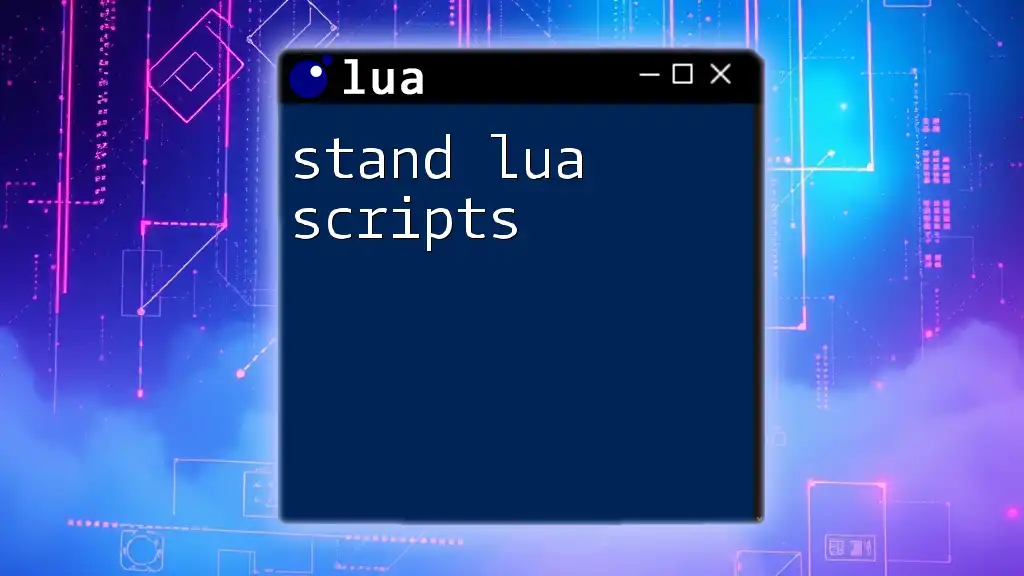The `cd_lua` command is used to change the current directory in a Lua script, allowing the user to navigate the file system more effectively.
os.execute("cd /path/to/directory")
Understanding the Basics
What is Lua?
Lua is a lightweight, high-level, and multi-paradigm programming language designed primarily for embedded use in applications. Originally developed in Brazil, it offers powerful data description and manipulation capabilities, making it a favorite choice for game developers, embedded systems, and rapid prototyping. Its syntax is simple and easy to learn, which allows developers to create efficient scripts in a short amount of time.
Setting Up Your Lua Environment
Before diving into `cd_lua`, it is crucial to have a proper Lua development environment. Follow these steps to ensure everything is set up correctly:
-
Installation of Lua
Depending on your operating system, you can install Lua using different methods:- Windows: Download the Lua binaries from the [official Lua website](https://www.lua.org/download.html) and follow the instructions for setting them up.
- Mac: Use Homebrew by running the command `brew install lua` in the terminal.
- Linux: Use your package manager; for example, on Ubuntu, you can run `sudo apt-get install lua5.3`.
-
Configuring an IDE for Lua Scripting
Using an Integrated Development Environment (IDE) can significantly enhance your productivity. Here are some recommended IDEs along with quick configuration tips:- ZeroBrane Studio: A Lua IDE that requires minimal setup. Just download, extract, and run.
- Visual Studio Code: Install the Lua extension for syntax highlighting and code completion.
- Sublime Text: Use the Lua package for added functionality.
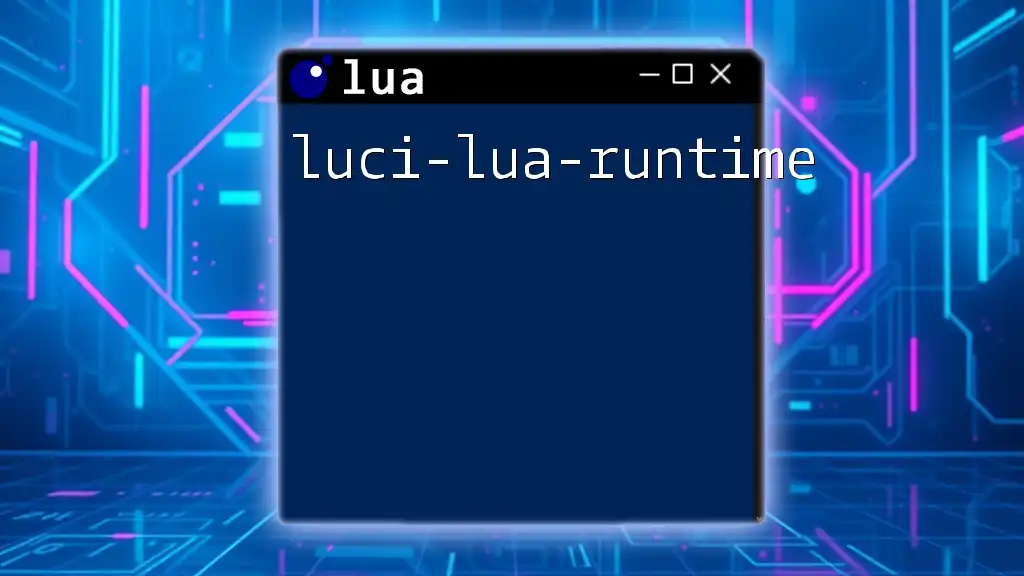
Understanding `cd_lua`
Definition and Role of `cd_lua`
`cd_lua` serves as a command interface within Lua used to change directories, helping in managing file paths dynamically. It facilitates the navigation of the file system, making it easier to access scripts or files needed during runtime.
How `cd_lua` Interacts with Lua Scripts
When you invoke `cd_lua`, it alters the current working directory of your Lua script. This is important for file operations, as the script needs the correct path to read or write files. It keeps your project structured and organized, letting you manage multiple directories without clutter.
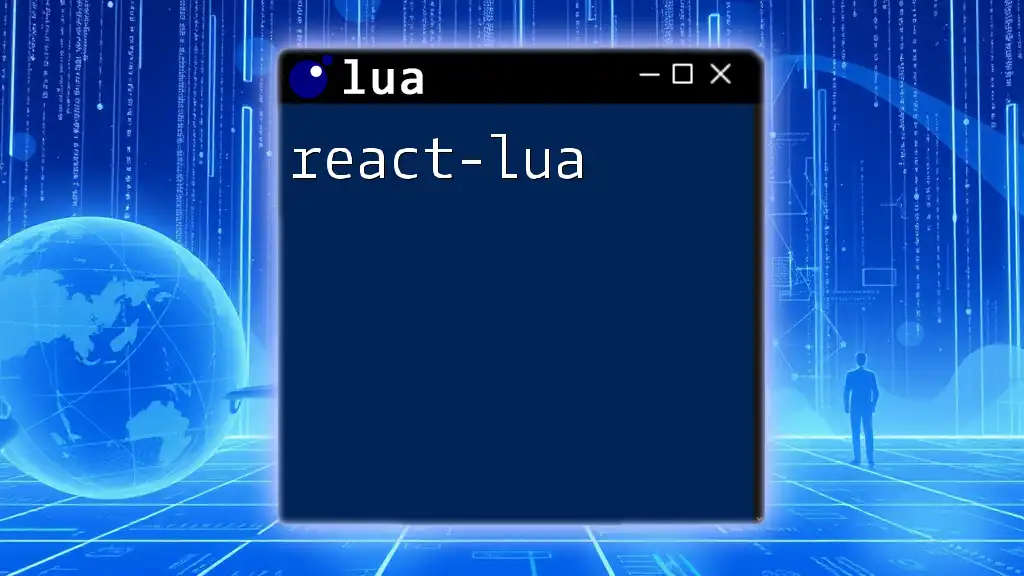
Syntax and Structure of `cd_lua`
Basic Syntax of `cd_lua` Commands
The fundamental syntax for using `cd_lua` is straightforward. It can be executed as follows:
cd_lua("your_command_here")
This command-line structure ensures you are entering a valid directory or performing a valid operation.
Parameters and Options
When using `cd_lua`, it accepts string parameters representing directory paths. You may also use relative paths (e.g., `../`) to navigate through the directory structure. Additionally, consider providing error handling to ensure your script does not fail unexpectedly if a directory does not exist.
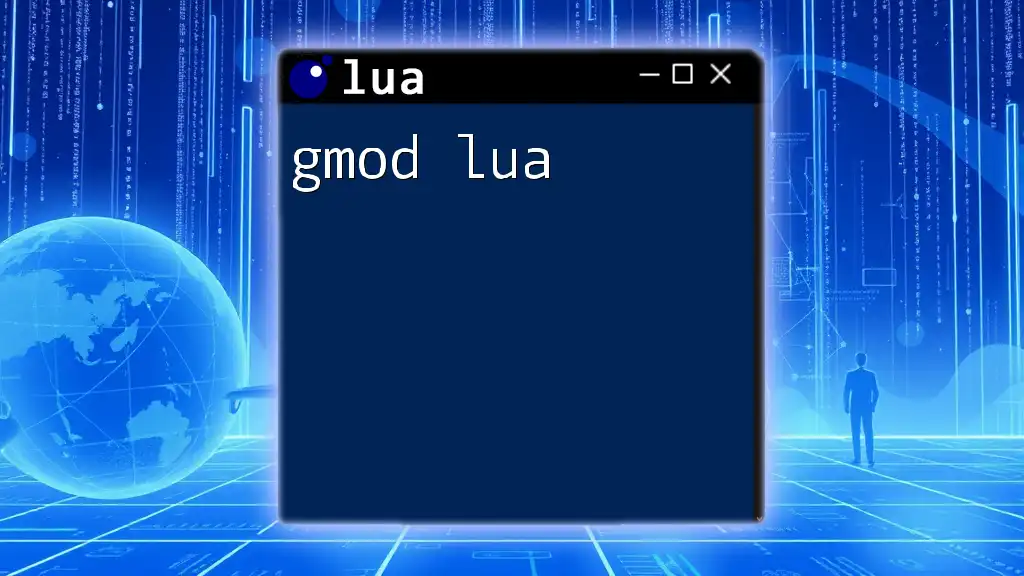
Practical Usage of `cd_lua`
Examples of `cd_lua` in Action
To fully grasp how `cd_lua` operates, let's explore some practical examples that illustrate its functionality in different contexts.
- Example 1: Basic Command Switching
This command switches to a specified directory and can be used to display a message confirming the switch:
cd_lua("C:/Users/YourUsername/Documents")
print("Switched to the Documents directory!")
- Example 2: Advanced Functionality
In more complex scripts, you can leverage `cd_lua` to loop through directories, ensuring the proper context is maintained. This can be particularly useful when dealing with multiple files:
local directories = {"dir1", "dir2", "dir3"}
for i, dir in ipairs(directories) do
cd_lua(dir)
print("Current directory switched to: " .. dir)
-- Assume some operations occur here
end
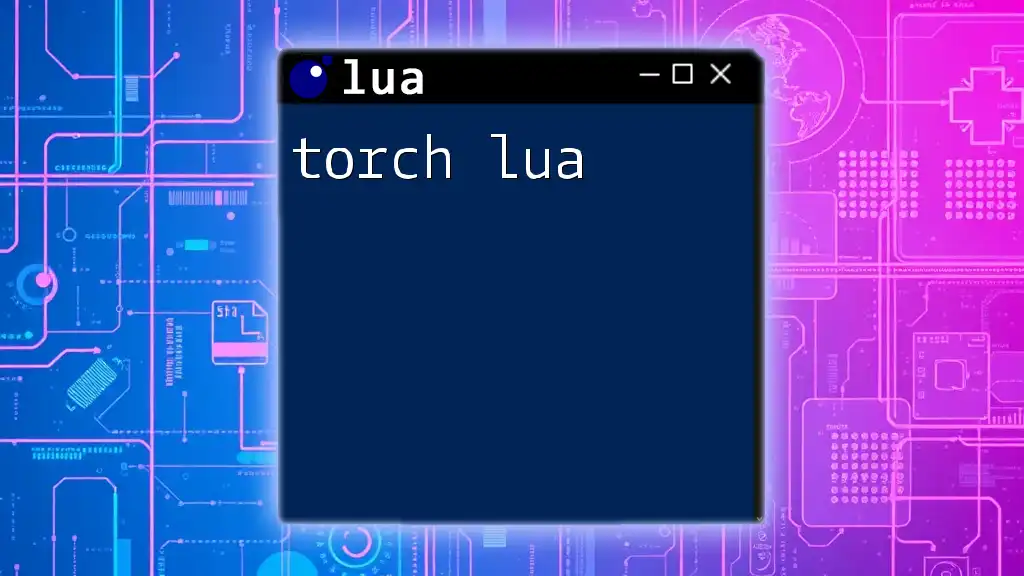
Common Use Cases
Game Development
In game development, `cd_lua` can control the organization of assets like textures, sounds, and scripts. By managing directories effectively, developers can streamline asset loading processes, improve performance, and maintain a clean project structure.
Web Development
For web applications using Lua as the backend language, `cd_lua` allows for easier management of file locations for templates, scripts, or shared resources. This enables developers to load files dynamically based on user actions, thus creating a more interactive and responsive web experience.
Data Analysis
In the realm of data analysis, `cd_lua` provides the flexibility to read and write files from different directories seamlessly. This is vital for large datasets stored across multiple locations, enabling analysts to automate their workflows efficiently.

Troubleshooting `cd_lua`
Common Issues and Solutions
While using `cd_lua`, users often encounter issues related to incorrect paths or permission errors. Here are some typical problems and their fixes:
- Incorrect Directory Path: Ensure that the specified path exists. You can check by using the command line or a file explorer.
- Permission Denied Errors: Make sure the Lua script has permission to access the desired directory, especially on Unix-based systems.
Debugging Tips for `cd_lua`
When debugging scripts involving `cd_lua`, it’s useful to include print statements before and after the command to trace execution flow and confirm current working directories:
print("Current directory before changing: " .. os.getcwd())
cd_lua("C:/invalid/path")
print("Current directory after changing: " .. os.getcwd())
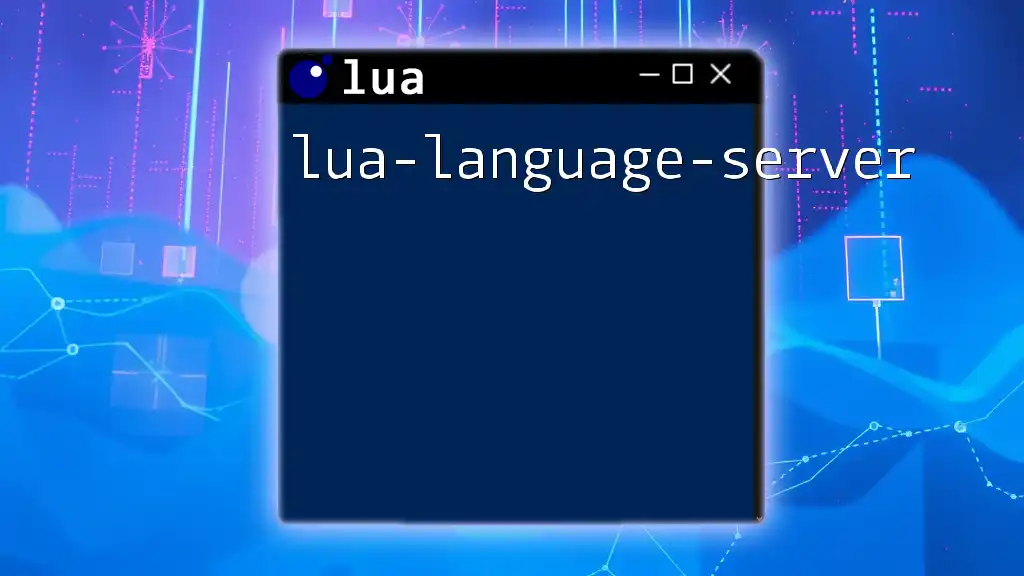
Best Practices
Writing Clean Code with `cd_lua`
To maintain clarity and organization in your scripts, always use meaningful directory names and avoid hardcoding paths. Instead, consider storing paths in variables or constants at the beginning of your script. This practice enhances readability and makes maintenance easier.
Performance Optimization
Optimize your file paths and minimize the number of times `cd_lua` is called if you are navigating through directories repeatedly in a loop. Each call to `cd_lua` can slow down execution slightly, so plan accordingly.

Conclusion
In summary, understanding `cd_lua` is crucial for any Lua developer looking to manage directory paths efficiently. This command is an essential tool that can streamline various programming tasks across different domains, including game development, web applications, and data analysis. By mastering `cd_lua`, you can enhance your coding efficiency and effectiveness, leading to cleaner, more maintainable scripts.
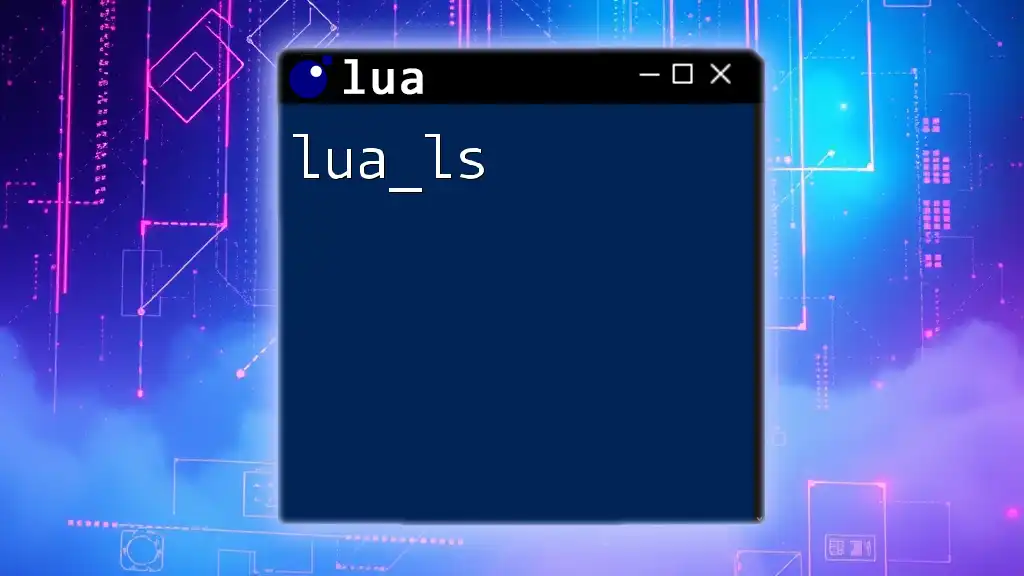
Additional Resources
Recommended Reading and Documentation
For those looking to delve deeper into Lua and `cd_lua`, consider exploring the following resources:
- [The Lua Programming Language Official Documentation](https://www.lua.org/manual/5.3/)
- [LuaRocks - Package Manager for Lua](https://luarocks.org/)
Community and Support Forums
Engaging with the Lua community can be immensely beneficial for learning and troubleshooting. Check out forums like Stack Overflow and the Lua mailing list to ask questions and share experiences.

